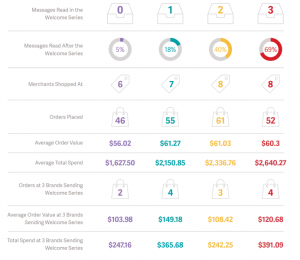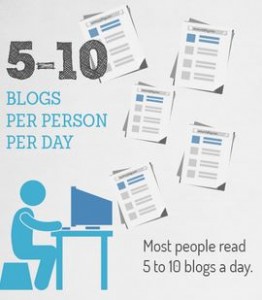For a long time now, there has been talk about TV dollars moving to digital, especially digital video. YouTube’s growth in its first 10 years has been monumental, and with the more recent addition of online giants such as Facebook and Twitter to the digital video landscape, we are seeing a kind of momentum that the industry has never faced at this scale before. Add in the rise of the “digital influencer,” where names like PewDiePie and Smosh have greater reach to millennials than anyone starring in a recent blockbuster, and the shift to digital seems well underway.
Most importantly, social platforms now allow for hyper-personalized video campaigns at scale, and that’s a game changer. To understand why, it requires a deep understanding of mindsets and contextual targeting.
The magic of placing the right ad in the perfect contextual setting has always been the sweet spot for advertisers. It’s how the commercial was born. That sweet spot was elusive in digital, but now with the breadth of content available online, advertisers finally have the opportunity to place the right ads in front of the right piece of content. Plus, knowing what kind of content someone is watching reveals what is perhaps the most important targeting value to consider—that person’s mindset.
Think about it. One of the reasons that brands buy TV is for scale, safety, and association. “As seen on TV’ delivers credibility. TV audience measurement has never been perfect, but Budweiser has a pretty good idea of who is watching NFL games and that’s why they spend massively against it. Moreover, they also have an idea of what mindset that audience is in when they are watching football on a Sunday from the couch at home versus those same people watching at their desk in an office on a Tuesday.
Thus, the driver for all of this is “mindset.” Let’s use my own mindset as an example. I’m not only an executive at ZEFR, I’m also a husband, a proud new father, a surfer and an avid traveler. Knowing my name, my zip code and my friends doesn’t necessarily tell you where my head is at. However, if I’m watching a video of Kelly Slater tear up Teahupo’o, or a video about life as a new dad, you get a lot closer to what mindset I’m in and that can help brands reach me in the right place at the right time. I’d much rather see an ad for Hurley when I’m watching that Kelly Slater video than an ad for Pampers.
And, taking it a step further, if I’m watching one of the thousands of user-uploaded video reviews on the new BMW 5 series, seeing an ad for BMW, or perhaps for the competing Audi, might actually be welcomed by me. That also means I’m much more likely to engage, recall, and even act on that ad and its message—three major goals of every brand marketer I’ve ever met.
Platforms like YouTube, Facebook, Twitter, and more increasingly Snapchat, have a big opportunity here. They know a lot about their users and the content they are consuming. They also have scale. And at least one of them, YouTube, has done a good initial job of creating a safe and premium environment with their Google Preferred offering which is poised to sell out for a second year in a row. Facebook’s “Anthology” will likely have similar results. But then what? The key is to make all of your inventory contextual, as mindset-based viewing doesn’t just happen on the most popular content, it happens on all of it. As we like to say at ZEFR, even a dog-on-a-skateboard video is premium, if you’re a dog lover or a marketer at PetSmart. The key is to shift your perspective and align with the right mindset at the right time, all by rethinking how we analyze and leverage this new era of digital content.
(181)






